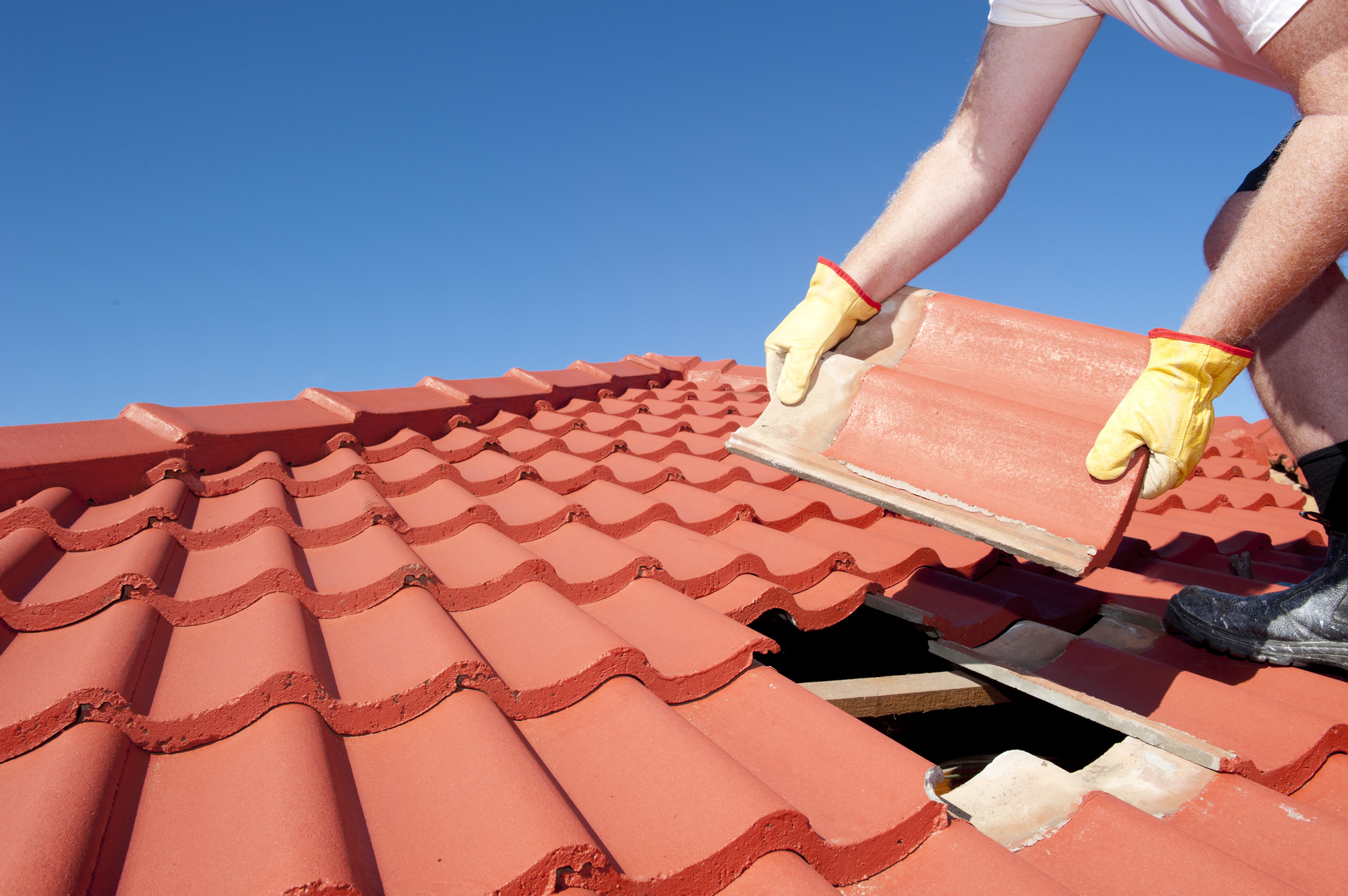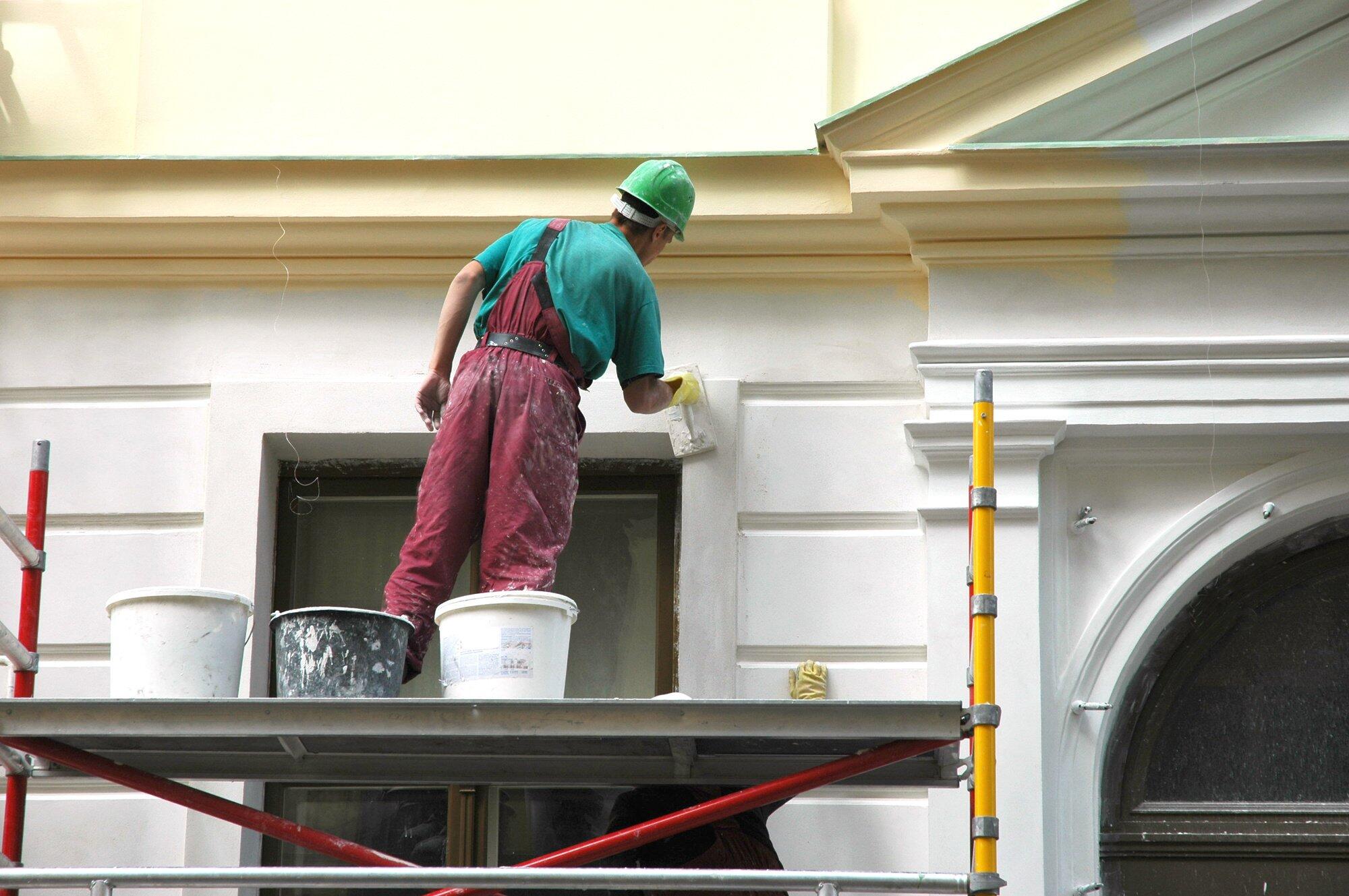A home’s exterior serves as a shield against the elements, safeguarding the interior from weather extremes.
One crucial aspect of protecting your home is choosing the right siding material and implementing proper maintenance practices. From vinyl and wood to fiber cement and stucco, the range of siding options available can be overwhelming.
In this article, we’ll explore various siding materials, focusing on their weatherproofing capabilities and maintenance needs.
Choosing the Right Siding Material
Vinyl Siding
Vinyl is a popular choice due to its durability, low maintenance, and affordability. It resists moisture, doesn’t fade easily, and comes in various colors and styles.
However, it may crack in extreme temperatures and isn’t as environmentally friendly as some other options.
Wood Siding
Known for its natural beauty, wood siding offers a timeless appeal, as cedar and redwood are resistant to decay and insects. Regular maintenance, including painting or staining and periodic sealing, is necessary to prevent rotting or warping due to moisture.
Fiber Cement Siding
Made from a blend of cement, sand, and cellulose fibers, this siding option provides excellent durability, fire resistance, and minimal maintenance. It can mimic the appearance of wood or masonry without the drawbacks, but proper installation is crucial to avoid moisture-related issues.
Stucco
Stucco, a traditional siding choice, is a durable and fire-resistant material made from cement, sand, and lime. While it offers excellent weatherproofing when properly installed, it can be prone to cracking and moisture infiltration if not maintained.
Stucco’s longevity and weather resistance make it a sought-after siding choice. However, improper installation or lack of maintenance can lead to issues like cracks, moisture penetration, and mold growth.
Cracking
Stucco can develop hairline cracks over time due to settling, temperature changes, or inadequate installation. While minor cracks might not pose immediate concerns, they can allow water infiltration, leading to more significant water damage over time.
Moisture Infiltration
Improperly sealed or cracked stucco can allow moisture to seep into the walls, causing wood rot, mold growth, and structural damage. Detecting moisture behind stucco can be challenging, making regular inspections crucial.
Remediation
When stucco damage occurs, remediation becomes essential. Stucco remediation involves identifying and repairing damaged areas, often by removing sections of the stucco, addressing underlying issues, and applying proper sealing techniques to prevent further problems.
Maintenance Tips for Siding
Regular maintenance is essential for preserving the integrity of your home’s siding, regardless of the material used. To effectively weatherproof your house and extend the lifespan of your siding, consider the following comprehensive maintenance tips:
Inspect Regularly
Consistent visual inspections are vital to catch early signs of wear and tear. Take the time to examine your siding closely, checking for cracks, holes, peeling paint, or any other visible damage.
Pay particular attention to seams, corners, and areas around windows and doors where water might penetrate. Swiftly address any issues you identify to prevent them from escalating into more extensive and costly problems.
A routine inspection schedule, perhaps once or twice a year, can significantly enhance your siding’s durability.
Clean Properly
Keep your siding free from dirt, mildew, and grime by performing regular cleanings. Use a mild detergent mixed with water and a soft-bristled brush to gently scrub the surface. If suitable for your siding material, a low-pressure washer can also aid in cleaning.
However, exercise caution with pressure washers, as excessive pressure can damage certain types of siding. Avoid using harsh chemicals that may corrode or strip away protective coatings, causing more harm than good.
Repair and Replace
Act promptly to repair minor damages such as small cracks, loose panels, or damaged sections. Use appropriate materials recommended for your siding type to fill in cracks or holes.
If the damage is beyond simple repairs or if you notice extensive issues, seek professional assistance. Professional siding contractors can ensure proper remediation and replacement of damaged sections, preserving the structural integrity of your home.
Seal and Paint
Proper sealing and painting play a crucial role in maintaining the weather resistance of your siding. Ensure that your siding is adequately sealed against moisture infiltration, especially at joints and edges.
Apply a high-quality paint or sealant that is suitable for your siding material to provide an additional layer of protection against the elements. Regularly inspect the paint or sealant for signs of wear and reapply as needed to maintain its effectiveness.
Trim Vegetation
Overgrown vegetation near your home can lead to moisture buildup, pest problems, and even physical damage to your siding. Regularly trim trees, shrubs, and vines that are in close proximity to your home.
By keeping foliage at a safe distance from your siding, you can prevent moisture retention, minimize the risk of scratches or abrasions, and reduce the likelihood of pests finding their way into your home.
Conclusion
Selecting the right siding material and maintaining it properly are integral parts of weatherproofing your home.
Each siding option has its advantages and maintenance needs, and while stucco offers excellent durability, it requires vigilant upkeep and remediation when damage occurs.
By understanding the characteristics of different siding materials and implementing routine maintenance practices, homeowners can ensure their homes remain protected and weather-resistant for years to come.










